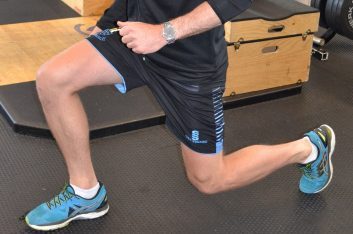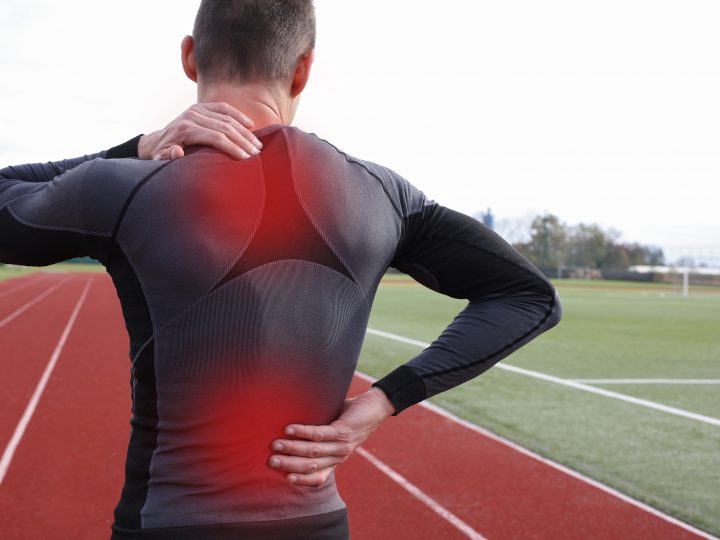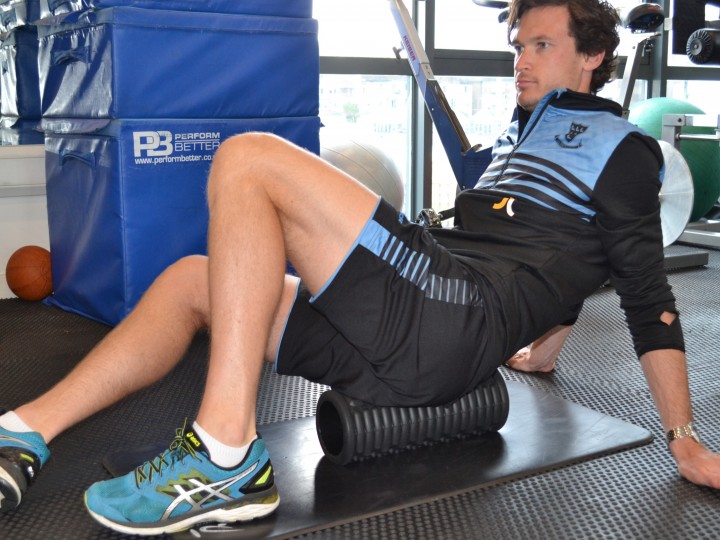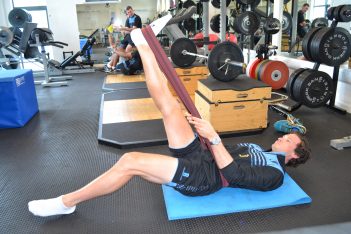
Physio Science: Train like a Wake Boarder
We asked Reflex Nutrition athlete & competitive wake boarder James Mott, about his unique Wake boarding Training Plan and what it takes to stay at the top of the game in this gruelling sport…
Wake boarding Training Plan – “Before I start, for those not very familiar with wake boarding, it is an extreme sports that consists of techniques adopted from surfing, water skiing and snowboarding, as well as many other water sports such as kite surfing and windsurfing. Typically, a boat tows the rider in its wake, hence the sport’s name. However cable riding is now becoming more and more popular both for beginners and regular riders.
“I have a full-time job that involves me working abroad, which last year meant spending six months in China. When I’m not working it’s a case of juggling training both on and off the water in between competitions. As you could imagine this can become incredibly difficult, especially not knowing what fitness related facilities you’ll have at your disposal. With all this in mind I’ve outlined below what I would consider my list of essentials that I never go on a trip without, whether I’m travelling or training.
Essentials:
- Trigger Point Foam Roller
- Resistance Bands
- Lacrosse Ball
- Wireless Headphones
- Yoga
Physical demands of the extreme sports
“Wakeboarding can put tremendous demands on your body. An issue that nearly every wakeboarder will be able to relate to is knee pain, whether they have suffered themselves or know someone who has. The knee is subjected to the highest forces during wakeboarding. The human body has an immense capacity to heal itself. Clearly torn ACL’s don’t magically reattach, and herniated lumbar disks are slow to heal, but the human body will take a tonne of abuse for a really long time before it finally gives up the fight. This is the problem; our bodies will put up with our silly movement and lifestyle choices because they have an astonishing amount of functional tolerance built in. We shouldn’t, however, make the classic error of confusing this miraculous genetic inheritance as a justification for eating, sleeping, or moving however we please.”
Training types
“In wakeboarding, an optimal focus for my training is focused on strength and power but I take care to remember my flexibility, agility, balance and coordination. Mobility, something that not a lot people think about or are actively aware of. Range of motion (ROM) is king, and moving into it with strength, control and stability is a must. The most efficient way of developing mobility and range of motion is to work a mixture of disciplines into a small routine that you can work through before training either in the gym or before you hit the water. Myofascial, soft tissue release mixed with stretching and some yoga inspired poses can be really beneficial. This is great when I’m travelling and don’t always have access to a gym or haven’t been on the water for a while. I can fit my essentials easily into a travel bag or suitcase. Most hotel rooms will have enough space to spend 20/30 minutes working on a small routine using foam rolling techniques, plus resistance band work on nearly all major muscle groups.”
Staying flexible
“Another essential for me, which is easy for anyone to do while travelling, is yoga-based stretching. This can help counteract many of the muscular imbalances that arise from spending time on the water, gym and travelling. Yoga can be a great way to train for the season and couldn’t be simpler with apps like ‘Yoga Studio’ free to download and easy to use. The physical poses, called ‘asanas’, can help improve your body’s overall flexibility and balance. You’ll also be able to recuperate faster from tough days.
“Wakeboarding can challenge muscles you didn’t even know you had. A well-rounded yoga practice will utilise every muscle in your body, making it an essential element of cross-training! In addition, yoga offers many other benefits that can help improve my performance wakeboarding, overall fitness levels and wellbeing, including:
- Stronger leg, back, and core muscles
- Improved spinal, neck, and hip flexibility
- Improved balance
- A calm mind and clear focus
- Improved stamina and energy
“Although I have written this from my prospective juggling a full-time job, training, wakeboarding and competitions, I would encourage anyone to try and spend a short period of time each week to start with using a foam roller, resistance bands and yoga based stretching. Once it becomes part of your everyday routine you really will notice the benefits.”
JAMES MOTT
James Mott, is a competitive wakeboarder, world traveller and all-round fitness fanatic. Follow his training and get inspired on Instagram @jamesjmott





